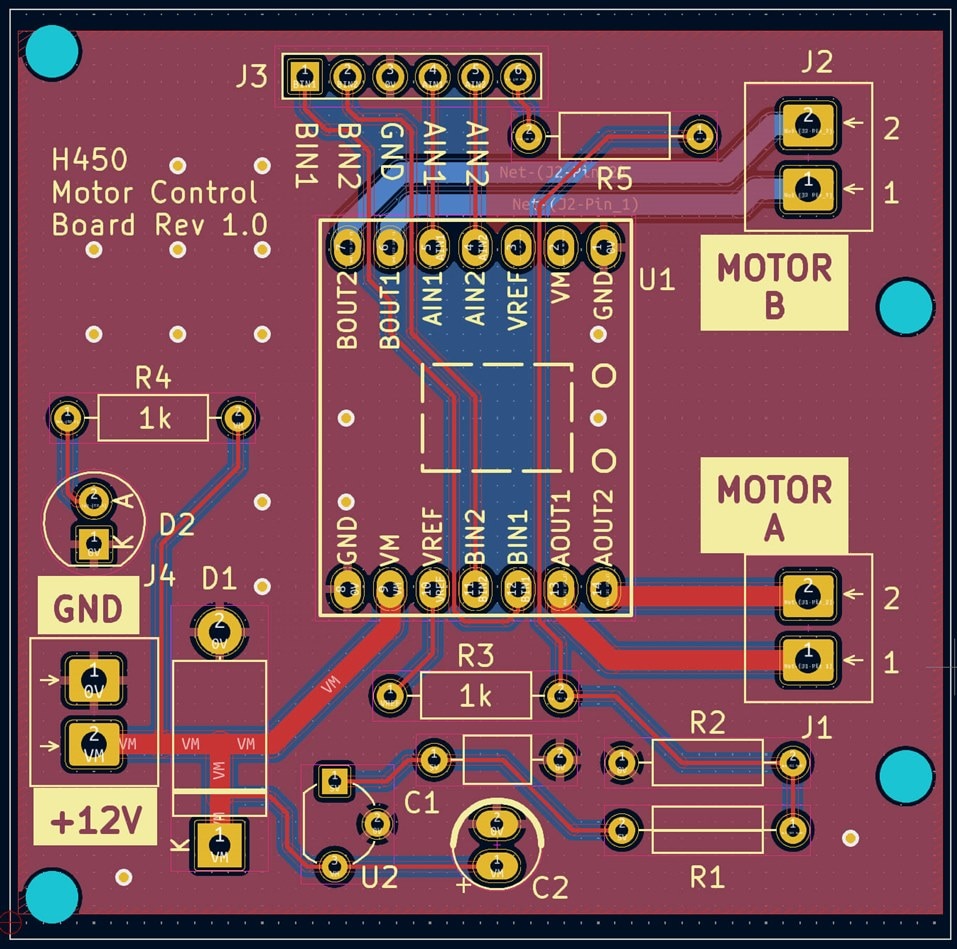My post Raising the Bridge...Automation with Arduino: Failure reconciliation details some of my failures with the L293N & L298N motor drivers.
Now I find myself looking for another DC motor driver. What DC motor driver do you use in Arduino projects? Why is it you motor driver of choice? Is there a Arduino library for the module or do you roll your own.







